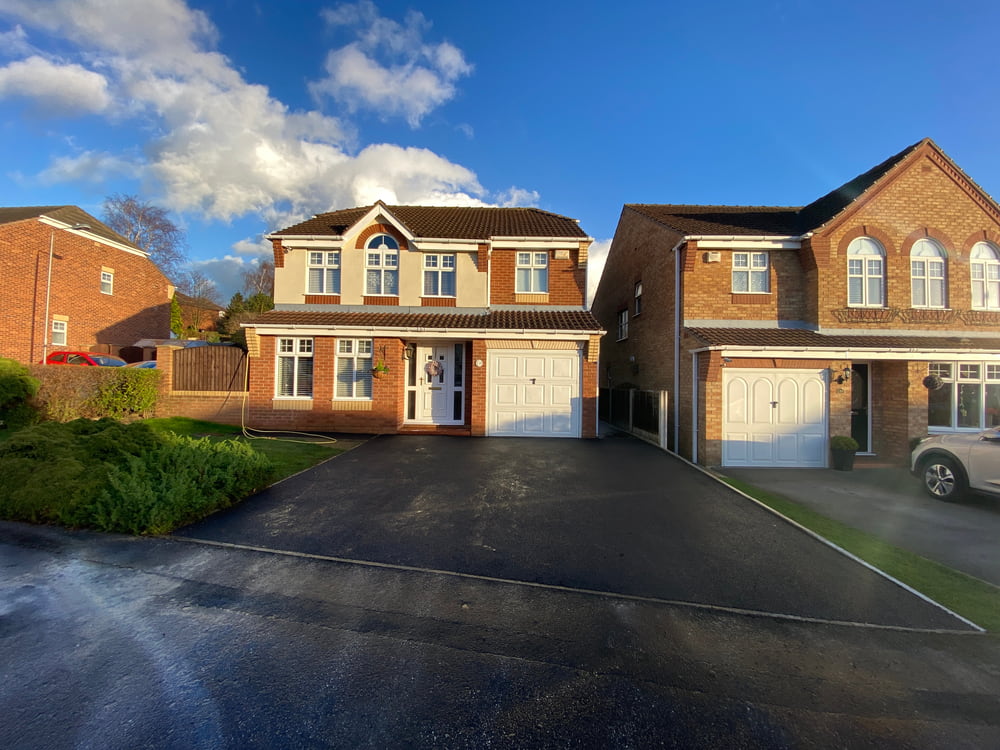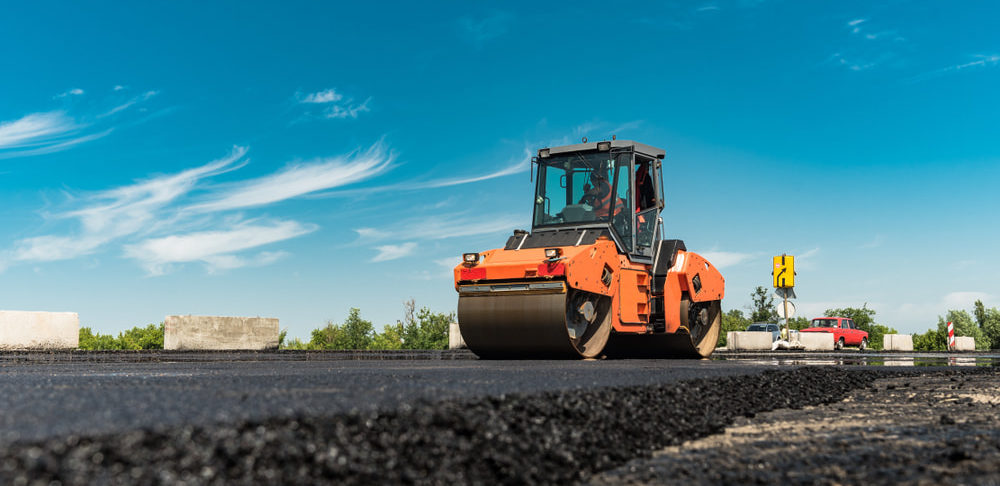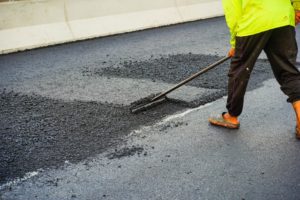Do you have an asphalt surface around your home that would serve you better if it were just a bit smoother? You have come to the right place. Here at Richfield Blacktop, we have the technical know-how and experience to make your asphalt surface more friendly for walking or driving.
Importance of Smooth Asphalt
A smooth asphalt surface is beneficial to homeowners for many reasons. One is that it reduces the risk of slips and falls. A rough and uneven asphalt surface can result in poor drainage, which can, in turn, cause the asphalt to crack and chip.
A smooth asphalt surface is safer to drive on than a rough and uneven one. A smooth asphalt surface does not have cracks, potholes, or bumps which are all safety concerns.
The most common reasons your asphalt may not be smooth are:
- Using the wrong aggregate mix
- Not enough asphalt to bind the aggregate
- Inadequate compaction
Using the Wrong Aggregate Mix
The aggregate mix you choose can significantly affect the smoothness of your asphalt surface. Aggregate is the material that makes up sand, gravel, and crushed stone. The shape and size of the aggregates determine their ability to adhere to the asphalt to create a smooth surface.
An aggregate with a small sand or gravel content may leave little air pockets or voids when you pour in the hot asphalt. These voids may allow water to seep through your asphalt surface, causing it to crack or create uneven areas.
An aggregate with round-edged stones or particles also does not bind well with asphalt compared to sharp-pointed crushed aggregates. You could also consider using a medium-sized aggregate mix. A fine aggregate mix may result in a slippery surface, while large-sized aggregates may result in an uneven surface.
If you are unsure of the best aggregate mix for your asphalt surface, you can contact a paving service near you. An asphalt paving professional will advise you on the best for your area and where you can get it at a reasonable price.
They’ll have the knowledge and equipment to heat the asphalt to the right temperature and consistency. A soupy consistency asphalt is easy to evenly distribute on your surface for a smooth and wear-resistant surface.
Not Enough Asphalt to Bind the Aggregate
Using the right amount of asphalt is essential when paving your driveway or any other surface. The asphalt has to be hot so it can penetrate between the particles of the aggregate mix base to create a smooth surface.
To create a smooth asphalt surface, you will need enough asphalt to penetrate all of the aggregates and bind them tightly. If the asphalt is inadequate, parts of the aggregate mix will be left loose, creating holes and cracks on your surface.
The amount of asphalt used on your surface will vary depending on the weather in your home area, but a good rule of thumb is to keep it at least two inches thick. This amount ensures your asphalt covers all the aggregate base and dries with adequate adhesion quality for more extended service.
By looking at the side edges of your pavement, you can know if you have used enough asphalt for a smooth surface. You can add more asphalt if you see dry patches or a rough texture. You can also check for uneven surface sections and add asphalt as it may not have penetrated well to create a flat and smooth surface.
Inadequate Compaction
Compaction is the last and critical stage in paving with asphalt. Compaction helps bind the asphalt and aggregate mix by removing spaces or air pockets between the two to create a smooth surface.
Compaction is essential because it prevents potholes and cracks from forming on the surface of the asphalt. Compaction creates a uniform surface that quickly drains, reducing the chances of cracking and chipping.
This process gives the asphalt surface a smooth, consistent look. The more compaction pressure, the more uniform the surface will be, and the less likely it will be to crack or chip.
You can know that your asphalt and aggregates are not well compacted if you see loose rocks or uneven sections on the surface. The surface may also have cracks that make it appear to be crumbling. Bumpy or rounded areas on an asphalt surface indicate inadequate compaction pressure.
Compaction should be done soon after pouring hot asphalt on your aggregate mix base. A professional paving company will have the right equipment and experience to ensure timely and adequate compaction on large and small sections of your asphalt surface.

Contact the Richfield Blacktop Paving Experts Today!
Rough and uneven asphalt surfaces can potentially cause freak accidents such as falls. They are also more susceptible to cracking and chipping, negatively impacting the durability and aesthetic value of the surface. It is essential to understand why your asphalt surface is not smooth and the remedial steps to take.
For professional asphalt driveway repairs and installation within Minnesota, contact Richfield Blacktop today!





